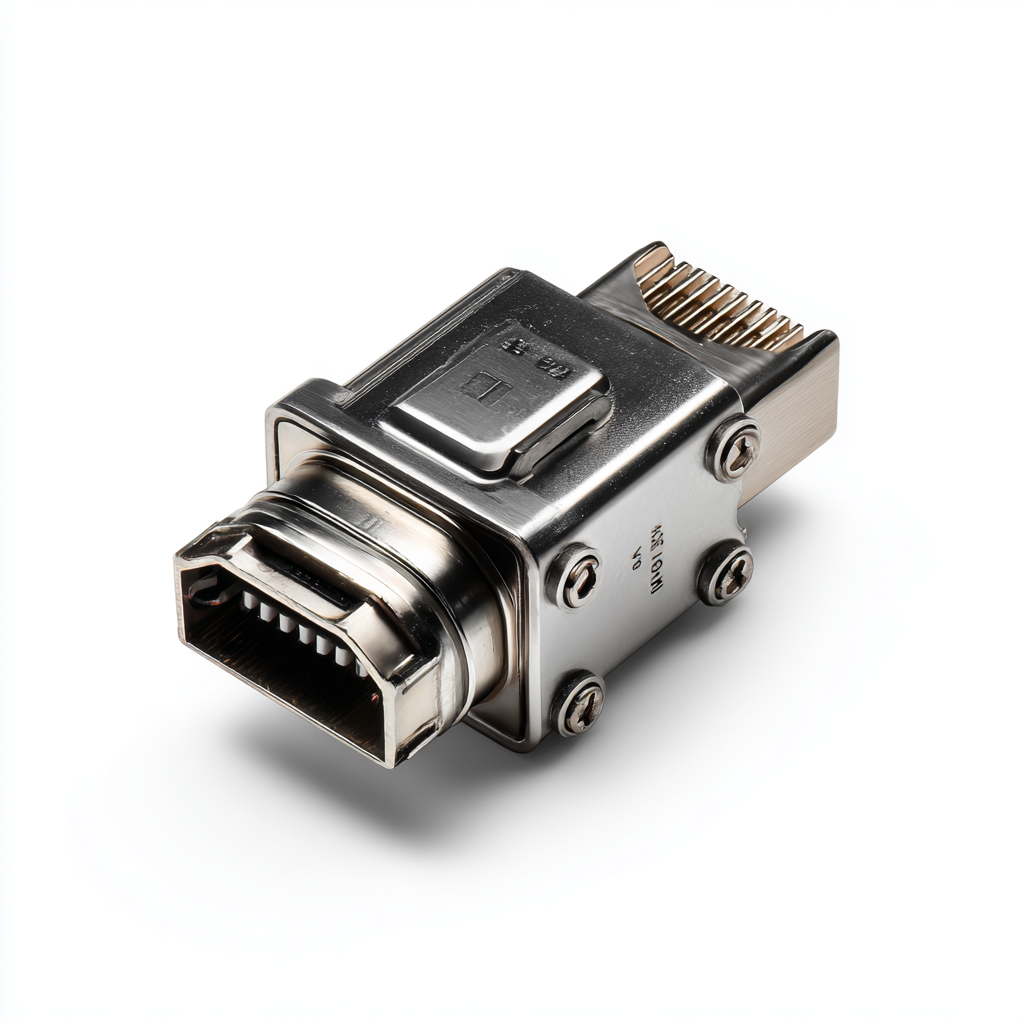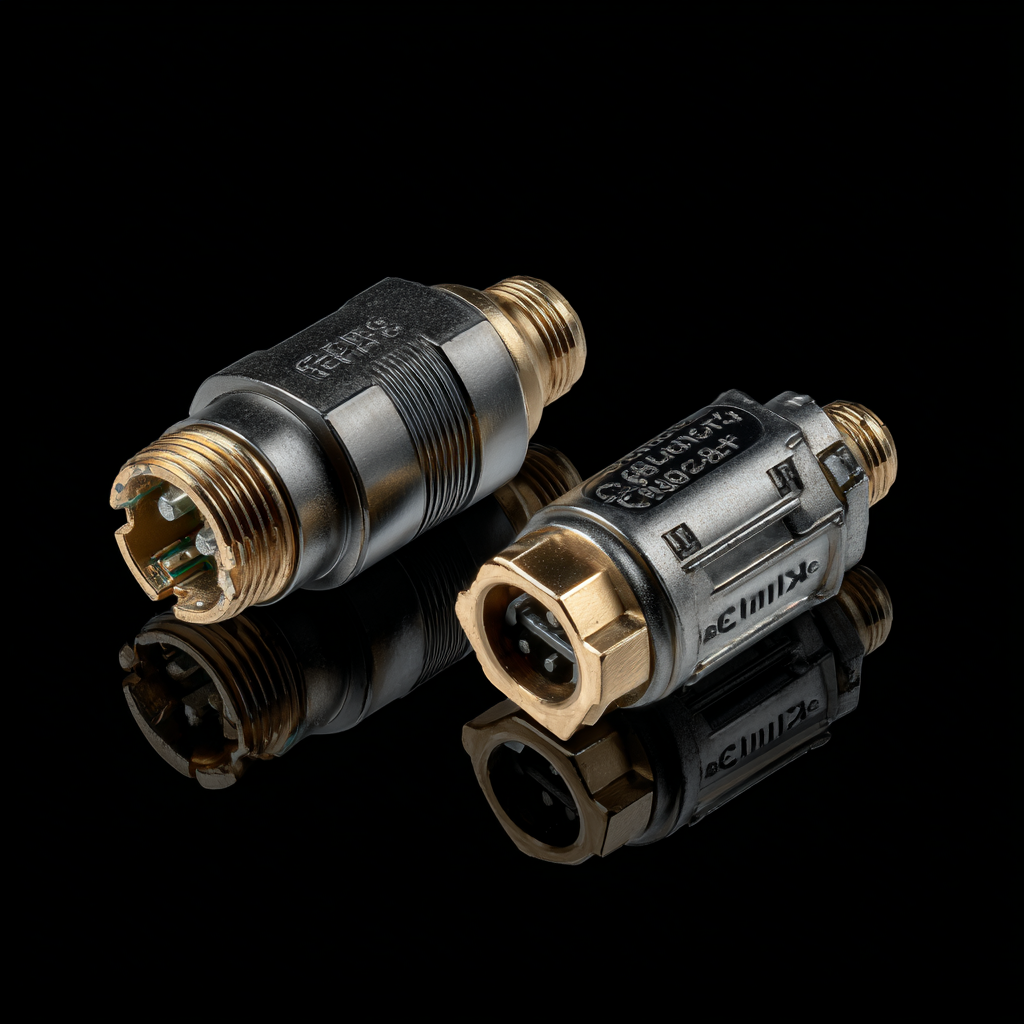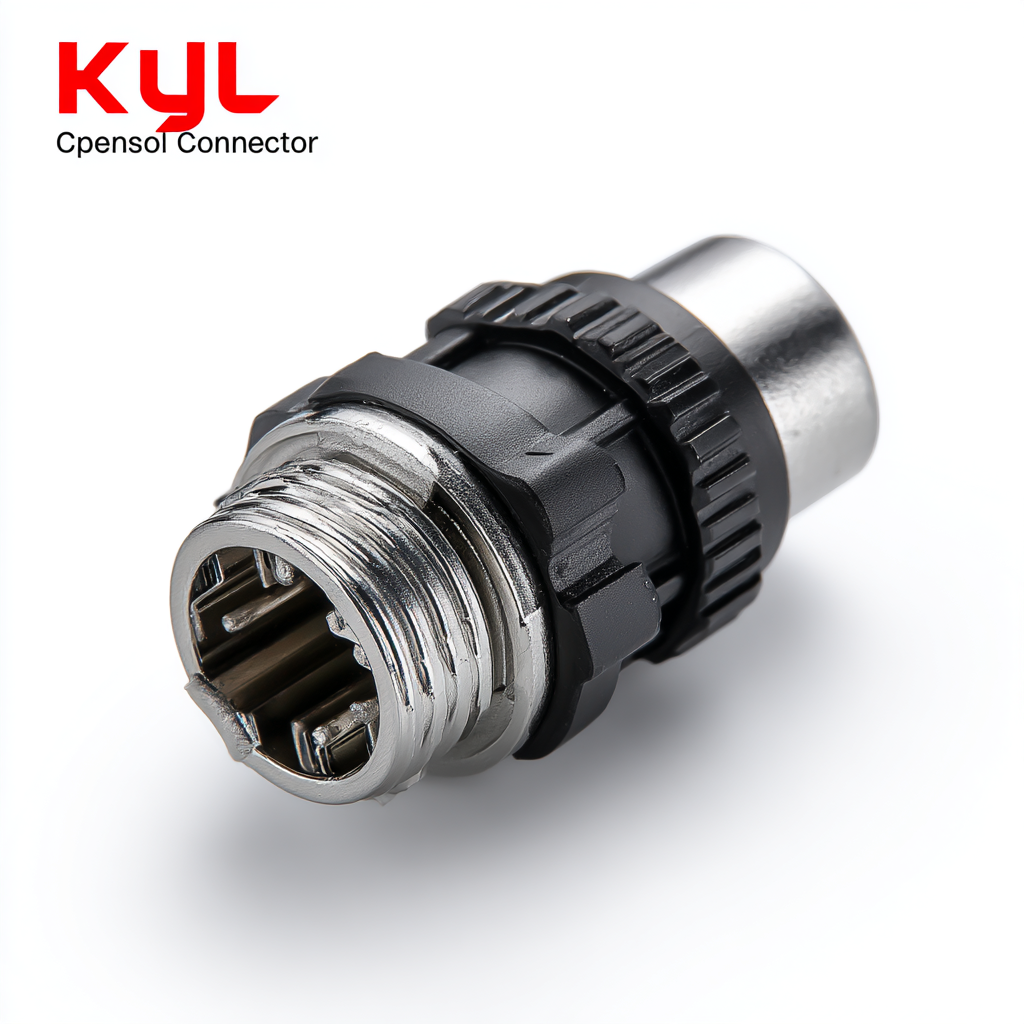


In today's fast-paced technological landscape, the demand for high-speed interconnect solutions has surged, reflecting the
exponential growth of data transfer requirements across various industries. According to a report by
MarketsandMarkets, the global high-speed connector market is projected to reach
USD 12.3 billion by 2026, registering a CAGR of 8.4% from 2021 to 2026.
This growth is driven by the increasing adoption of advanced technologies such as 5G, IoT,
and cloud computing, which necessitate efficient and reliable connectivity solutions.
As global buyers seek the best high-speed connector options, Chinese manufacturers have emerged as key players, leveraging
innovative designs and competitive pricing to cater to diverse market needs.
This blog explores the leading high-speed connector options available for international clients,
highlighting the strength of China's manufacturing prowess in this vital sector.

High-speed connectors play a crucial role in the modern global market, facilitating seamless communication and data transfer across various sectors. As industries evolve, the demand for reliable and efficient interconnect solutions has surged. According to a report by Research and Markets, the global market for high-speed connectors is expected to reach $15 billion by 2026, driven by the rising requirements for high-speed data transmission in telecommunications, consumer electronics, and automotive sectors.
Understanding the different types of high-speed connectors is essential for global buyers aiming to enhance their systems' performance. Options like USB 3.2, Thunderbolt 3, and PCI Express 4.0 offer significantly improved data rates compared to their predecessors. For instance, USB 3.2 can deliver speeds up to 20 Gbps, while PCI Express 4.0 reaches impressive throughput rates of 64 Gbps. These advancements ensure that manufacturers can meet the escalating demands of high-bandwidth applications such as 5G, cloud computing, and IoT technology, making the selection of the right connector pivotal to sustaining competitive advantage in today’s fast-paced marketplaces.
When it comes to high-speed connectors, China has established itself as a global leader, manufacturing a vast array of options tailored to meet the diverse needs of international buyers. The demand for reliable and efficient connectors has surged, especially with the rise of technologies such as 5G, IoT, and advanced data centers. Several manufacturers have risen to prominence, offering innovative solutions that ensure faster data transfer, greater connectivity, and enhanced performance for a variety of applications.

Among the top manufacturers, companies like Amphenol, Molex, and TE Connectivity stand out for their commitment to quality and cutting-edge technology. These manufacturers not only provide standard connectors but also specialize in customized solutions that cater to specific engineering challenges. Their extensive research and development efforts lead to the creation of connectors that can withstand harsh environments while maintaining optimal speed and reliability.
As businesses increasingly rely on high-speed connectivity, partnering with such reputable manufacturers in China can offer a competitive edge in an ever-evolving marketplace.
When selecting high-speed connectors, global buyers should pay close attention to key features that ensure reliable performance and compatibility with advanced technologies. According to a recent report by MarketsandMarkets, the demand for high-speed connectors is expected to grow at a compound annual growth rate (CAGR) of 6.9% from 2021 to 2026, driven by the increasing need for efficient data transmission in various applications, including telecommunications and automotive markets.
One crucial aspect to consider is the data transfer rate, which should align with the requirements of the relevant applications. For instance, connectors that support USB 3.1 can facilitate speeds up to 10 Gbps, making them suitable for high-performance computing and video applications. Additionally, factors such as the operating temperature range and locking mechanisms contribute to the longevity and reliability of connectors in challenging environments. A comprehensive understanding of these features will empower buyers to make informed decisions in a rapidly evolving technology landscape.
This bar chart illustrates the data transfer rates for various high-speed connector options. The analysis highlights the leading connectors available in the market, allowing global buyers to make informed decisions based on performance metrics.
When evaluating high-speed connectors, it’s essential to compare the performance of Chinese manufacturers against global competitors. Chinese companies have significantly advanced in technology and quality, often offering competitive pricing and extensive product ranges. They leverage economies of scale, which allows them to produce high-speed connectors that meet international standards while keeping costs low. This makes them particularly appealing for businesses seeking economic solutions without compromising on performance.
On the other hand, some global competitors bring years of expertise and innovation to the table. Manufacturers in Europe and the United States often focus on high-end applications requiring superior reliability and durability, especially in critical sectors like aerospace and telecommunications. Their products typically undergo rigorous testing and certification processes, resulting in connectors that excel in harsh environments. Therefore, while Chinese connectors may be cost-effective, global alternatives often provide enhanced performance and reliability, making them preferred for applications where failure is not an option.

The rapid evolution of technology is driving an unprecedented demand for high-speed connectors across various industries. As devices become more interconnected and networked, the need for reliable and fast data transmission increases significantly. Future trends indicate that high-speed connectors will not only continue to evolve in terms of performance but will also become more compact and efficient. Innovations such as improved materials and advanced manufacturing techniques are paving the way for connectors that can support the ever-growing bandwidth requirements of applications like 5G, IoT, and data centers.
Furthermore, global demand for high-speed connectors is being influenced by the shift towards automation and smart technology. Industries are looking for seamless connectivity to optimize operations and enhance user experiences. Future designs are likely to incorporate features like modularity and adaptability, allowing for easier integration into various systems. As environmental considerations grow, manufacturers are also exploring sustainable materials and practices to meet consumer preferences. With these developments, high-speed connectors are set to play a crucial role in shaping the future landscape of global communication and technology.
